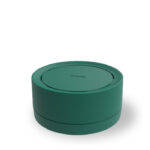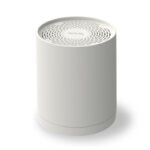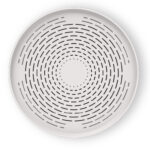Monitoring radon gas: why choose an active sensor

Foreword

People in developed countries spend around 90% of their time indoors where they are exposed to a wide range of air pollutants that have deleterious and sometimes irreversible consequences for their health. Among the substances in the air is radon, a naturally occurring radioactive noble gas classified as a grade 1 carcinogen by the WHO, which represents a major public health problem. The energy released by radon can in fact enter the lungs through respiration, damaging cellular DNA and promoting the development of cancer cells.
The peculiarities of radon (a colourless, odourless and invisible gas) make it imperceptible to building occupants and therefore impossible to detect without an appropriate instrument.
The market for indoor air quality (IAQ) measurement devices, including those for radon, has evolved significantly over the past decade, especially with the COVID-19 pandemic.
The disparity between radon measurement devices on the market is quite high in terms of cost and detection methods. This lack of harmonisation in radon measurement approaches limits our ability to reliably compare studies in different buildings and to accurately determine the actual dose absorbed by the population.
Radon gas interacts with other indoor pollutants

Radon gas and particulate matter are both air pollutants and can have adverse effects on human health. Although they have different characteristics and distinct emission sources, there is a common link between them. Fine particles in the air can act as carriers for radon by depositing it in the lungs when the particles are inhaled.
Both contribute to increased indoor pollution as radon can infiltrate dwellings from the ground and fine dust can come from indoor and outdoor sources.
Indirect correlations can occur between radon gas and carbon dioxide (CO2). As is well known, increasing CO2 concentrations contribute to global warming, which can influence atmospheric and climatic factors that, in turn, can affect the dispersion of radon in the air we breathe.
Radon gas can also interact with the indoor microclimate due to several factors. The structural conditions of a building, such as cracks in the foundation or walls, can favour the infiltration of radon from outside. In addition, certain building materials and furnishings can release radon gas.
In a poorly ventilated building, excessive moisture can create mould spores that are dangerous to the occupants who breathe them in. Moisture inside a building can also affect the mobility of radon: high humidity conditions can facilitate the transport of radon through the soil and consequently, its entry into buildings.
Finally, human activities inside a building, such as cooking food and cleaning the house, can affect the chemical composition of the indoor air, contributing to variations in microclimate conditions and radon concentration.
The link between radon gas and carbon dioxide (CO2)
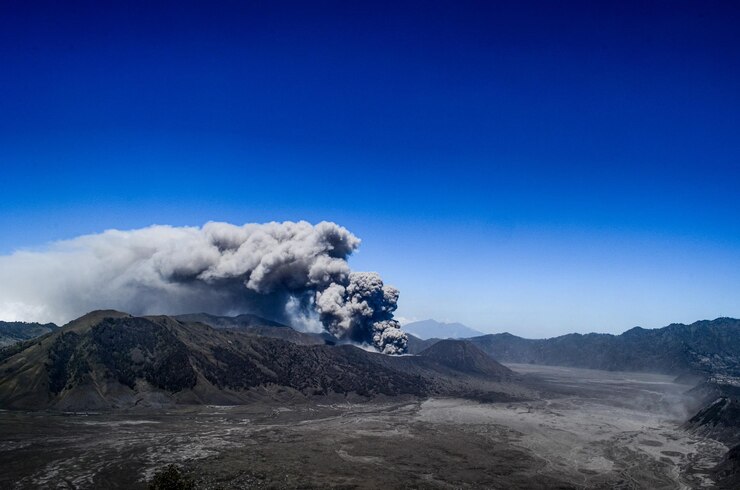
Measurements of radon (Rn-222) fluxes are frequently performed in geological and environmental studies where high concentrations of carbon dioxide are often found in soil, caves, mofettes (natural CO2 source areas) or fumaroles adjacent to volcanoes. In this context, it should be mentioned that in the presence of vector gases such as carbon dioxide (CO2), radon fluxes may be higher than in other environments.
The theory of this phenomenon states that deep magmatic sources are characterised by a high CO2 flux containing a large amount of naturally occurring radioactive Rn-222 gas, which is important to monitor, not only for radiation dosimetry aspects, i.e. for a strong correlation between radon exposure and lung cancer occurrence, but also for geographical studies, i.e. for a better understanding of radon exhalation associated with tectonic or volcanic processes.
Lane-Smith and Sims recently demonstrated that the active measuring devices of Rn-220 and Rn-222 could be influenced by the presence of CO2 as it was noted that for each percentage of CO2 concentration, the calculated concentration of radon gas n-220 is multiplied by a correction factor of 1.019, while the concentration of Rn-222 is multiplied by 1.003. These observations by Lane-Smith and Sims regarding the effect CO2 might have on radon measurements were carried out with radon monitoring devices used worldwide.
The link between radon gas and particulate matter (PM)
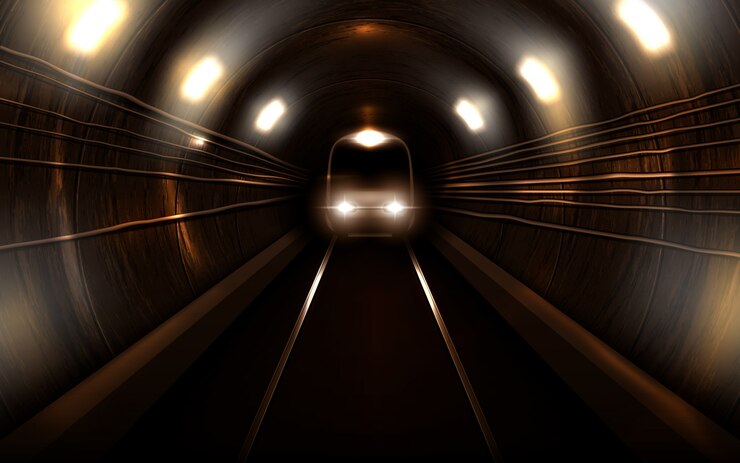
A study conducted in a Seoul underground tunnel found that radon concentrations were influenced by the mass ratio of particulate matter (PM), especially during rush hour. The study aimed to determine whether PM could trap and transport radon gas inside the tunnel. The results show different peak times for radon concentrations compared to PM mass concentrations: particulate matter with a larger size, such as PM 10, was found to be able to trap and transport radon gas.
Comparing passive and active dosimeters
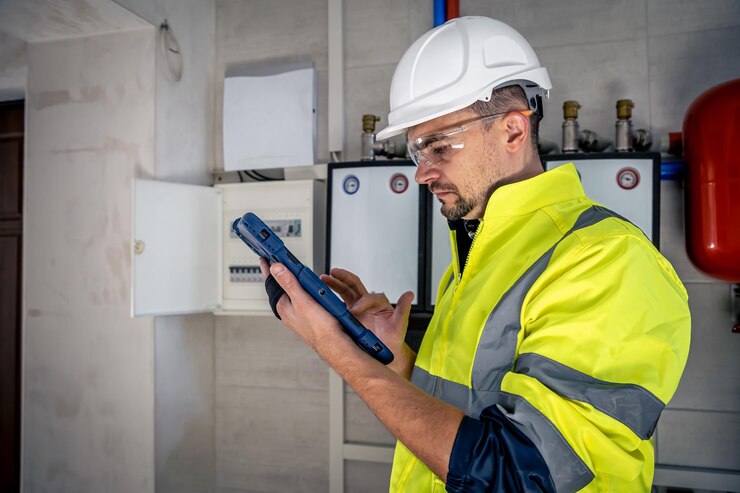
Today, to find out the concentration of radon gas inside an enclosed space, passive dosimeters are very often used. These are small instruments (approximately 8 x 8 x 6 cm), which do not require electricity and are placed in strategic points of the building for a long time (3 to 6 months), to then be taken and analysed. They consist of a container (diffusion chamber) containing a special polymer that is sensitive to the alpha radiation emitted by 222Rn.
Active dosimeters for radon gas detection offer multiple advantages over passive or short-term forms of detection.
They perform real-time monitoring, thus enabling continuous assessment of the level of radon exposure. Since data is recorded at regular intervals, the information collected will allow for accurate analysis of daily or seasonal variations in radon levels to understand exposure patterns over time.
Active dosimeters, being able to detect sudden spikes in radon levels, allow for an immediate response should a significant increase in exposure occur.
Many active dosimetry units are designed to be easy to read and interpret, making information on radon levels more accessible even to non-experts in the field.
This is particularly useful for closed environments where radon levels need to be constantly monitored, such as residential buildings, workplaces, schools, and so on.
Active sensors as opposed to passive detectors, being calibrated and calibrated, guarantee absolute accuracy of the data collected and allow them to be downloaded, simplifying the analysis and documentation of radon exposure over time.
It is important to note that, despite these advantages, the effectiveness of an active dosimeter also depends on its proper installation, maintenance and handling by operators.
The study carried out
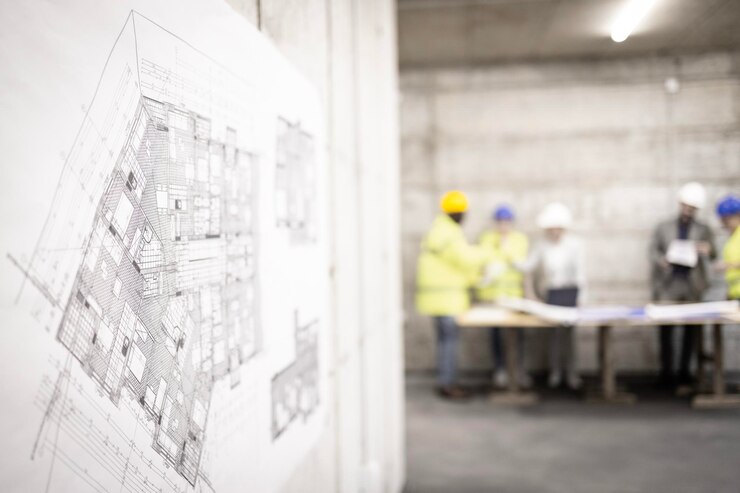
A study by the University of Engineering and Architecture in Fribourg, Switzerland, conducted in 2021, established a comparison between passive dosimeters and active sensors.
The study examines the performance evaluation of active radon sensors and passive dosimeters at both low and high radon concentrations, highlighting the differences in accuracy and dynamic performance between the different sensors.
Gaps in the performance of passive dosimeters in terms of accuracy and exposure time compared to the performance of active sensors are addressed.
The study helps researchers, manufacturers and the public to choose effective radon assessment methods in order to reduce errors in measurements and interpretations.
The key factors influencing the relative performance of active radon sensors and passive dosimeters at different radon concentration levels are: exposure time, accuracy, sensor grade, detection method, cost and quality.
All these factors play a significant role in influencing the relative performance of active radon sensors and passive dosimeters and should be seriously considered when choosing radon detection methods to achieve accurate and reliable measurements.
The proprietary, patented and certified radoff sensor
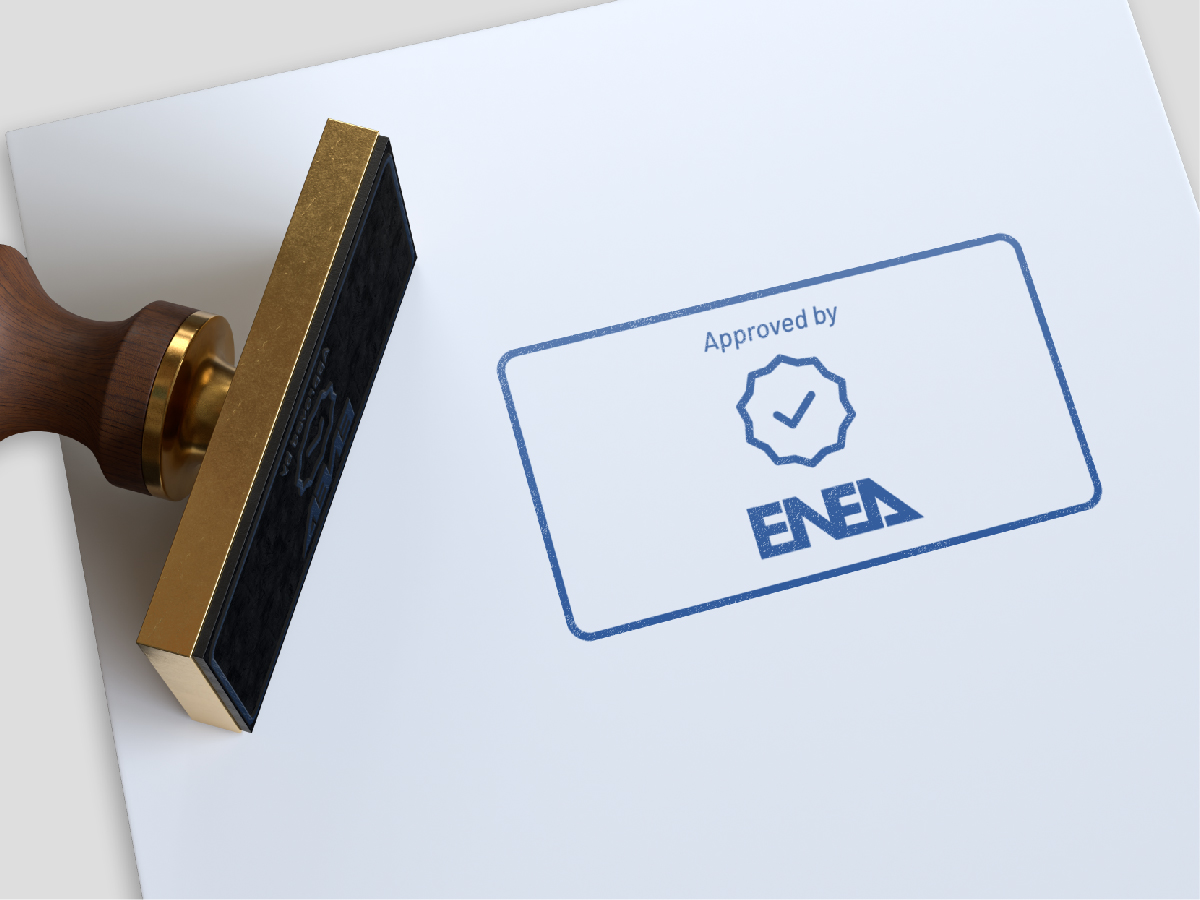
The radon sensor is an active radon gas sensor that measures its concentration every 30 seconds. It is calibrated by INMRI, the National Institute of Ionising Radiation Metrology, and certified by ENEA, the National Agency for New Technologies, Energy and Sustainable Development, which testifies to the high accuracy of the recorded parameters including daily peaks.
The detection chip is proprietary and patented and features a gold coating that guarantees more accurate performance than standard sensors currently on the market.
In addition to detecting radon gas in real time, the radoff technology measures key environmental parameters including fine dust, carbon dioxide, volatile organic compounds, temperature, humidity and atmospheric pressure. Factors that together indicate the state of the AQI (Air Quality Index).
Through an easy-to-use platform, also owned by radoff, it is possible to visualise and compare data from several buildings in order to have total control over air quality. Over time, this will make it possible to create radon mapping (and the main air pollutants) that will allow us to identify the areas most at risk so that we can take preventive action.
This project was created to preserve the integrity of the environments we live in and to protect the health of all people. A project that can really make a difference all over the world.

